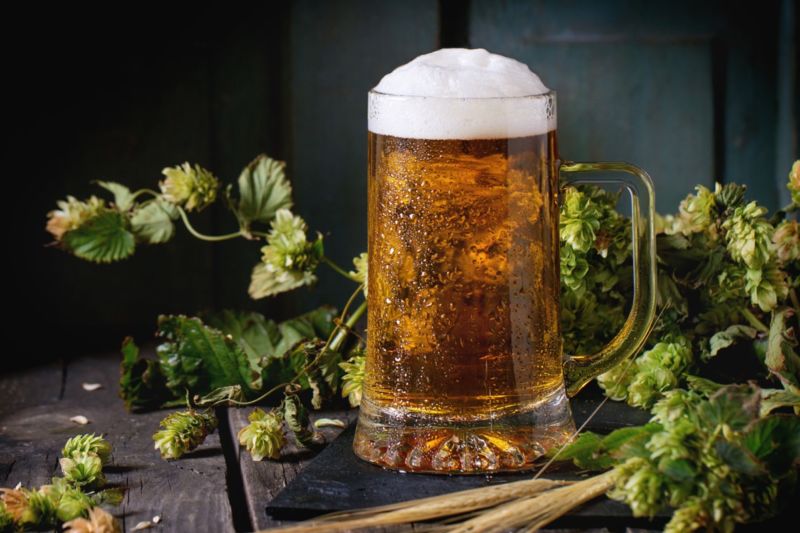
Enlarge / In dry hopping, hops are added during or after the fermentation stage of the brewing process. (credit: Natasha Breen/Getty Images)
Craft-beer aficionados relish the endless flavor variations that can be achieved by mixing and matching different varieties of hops, whether one favors refreshing citrus or fruity notes, or one prefers something a bit more earthy or pine-scented. But some of the chemical compounds that contribute to those flavors are present in such trace amounts, it’s difficult for brewers to measure and track them during the brewing process. Now German scientists have devised an automated, efficient method for doing just that, according to a recent paper published in the Journal of Agricultural and Food Chemistry.
As we’ve previously reported, all beer contains hops, a key flavoring agent that also imparts useful antimicrobial properties. (Without them, beer spoils quickly.) Brewers mash and steep grain in hot water, which converts all that starch into sugars. This is traditionally the stage when hops are added to the liquid extract (wort) and boiled to give the beer that hint of bitterness. During the boiling process, a certain portion of the resins (alpha acids) in hops isomerize into iso-alpha acids. That chemical rearrangement of the molecules is what produces bitterness. Yeast is then added to trigger fermentation, turning the sugars into alcohol.
But a little hops goes a long way. Add too many hops, and the beer will be so bitter as to be undrinkable.





